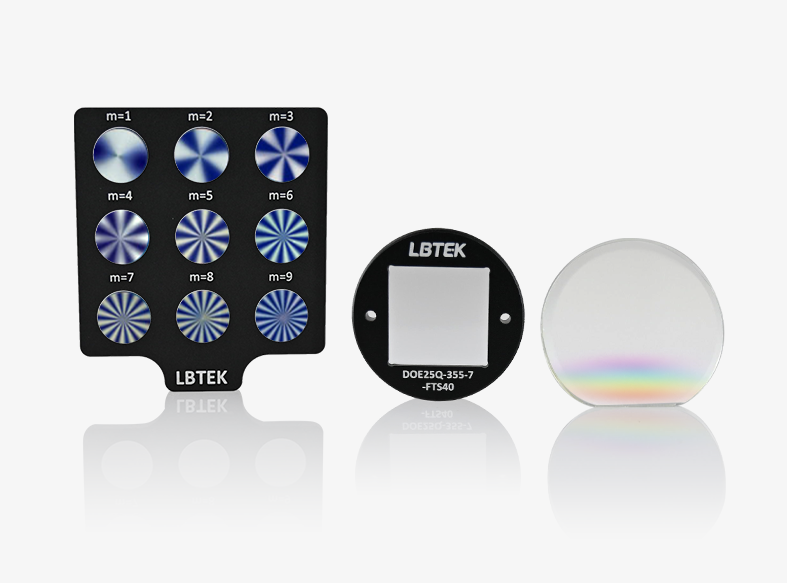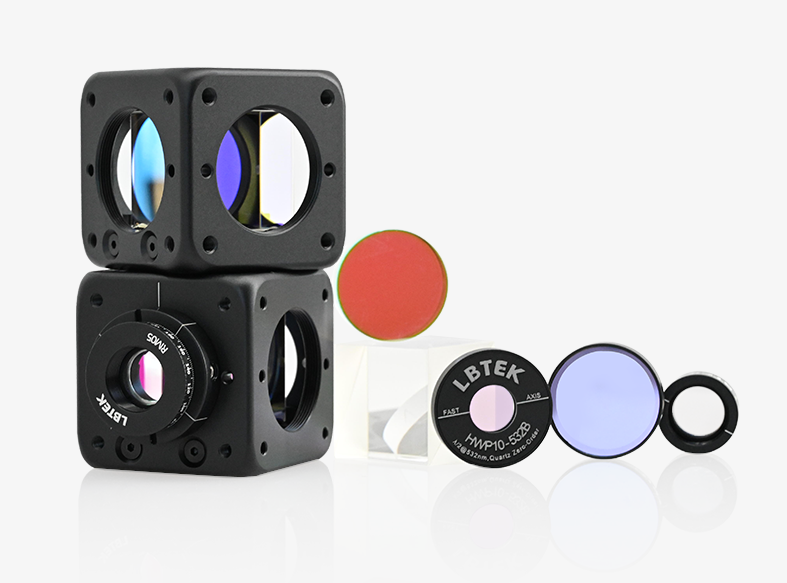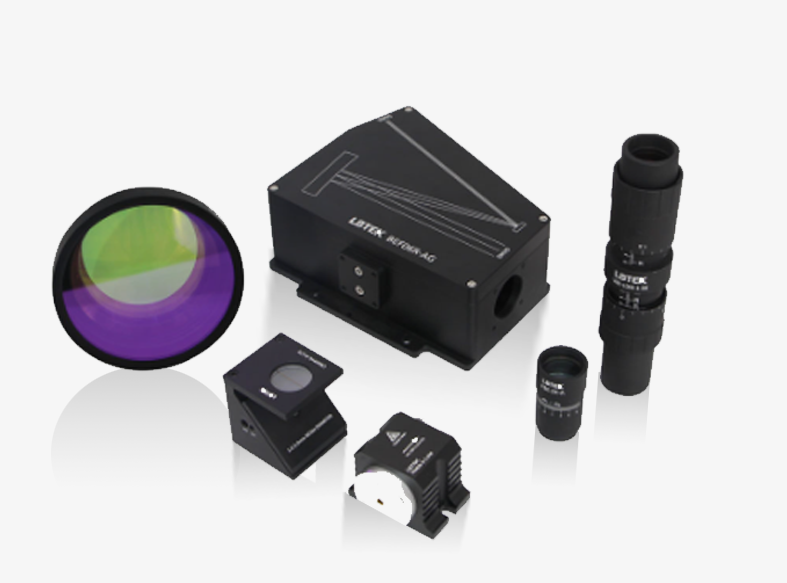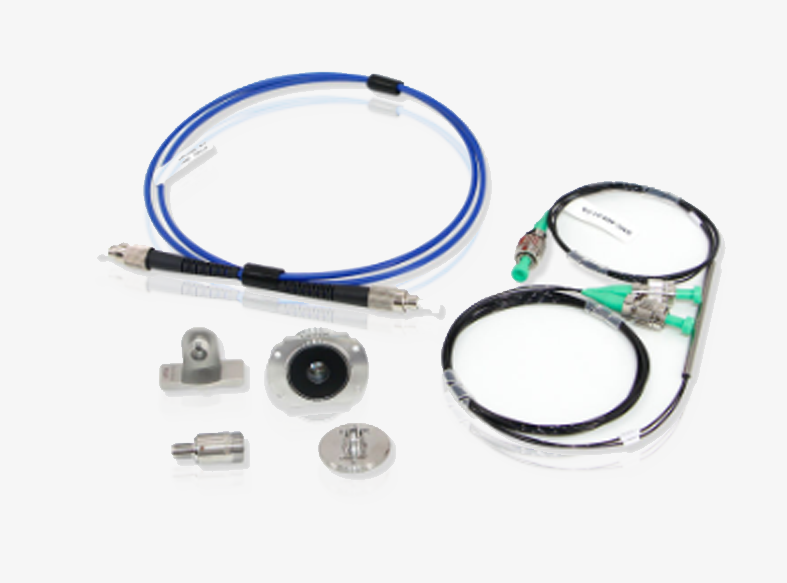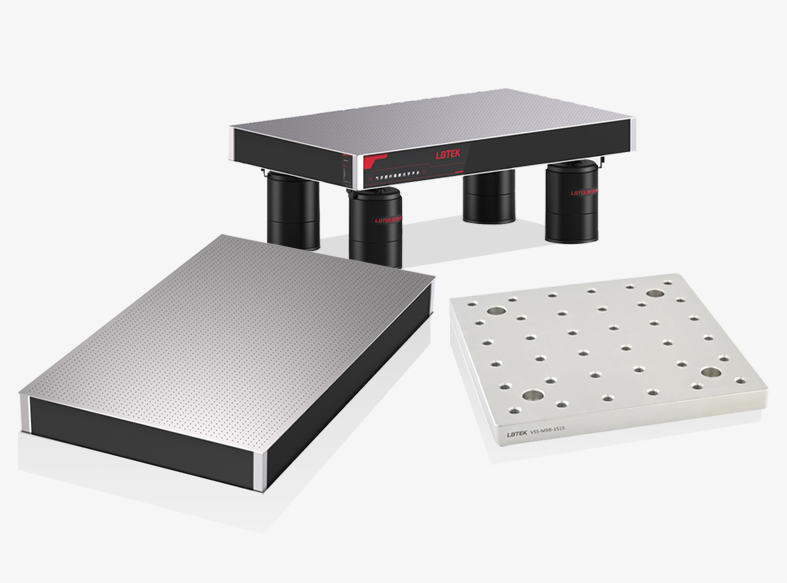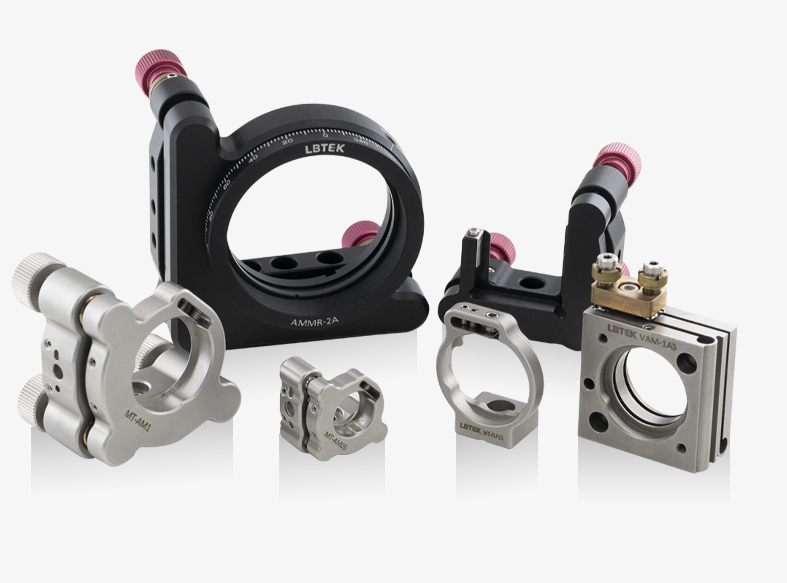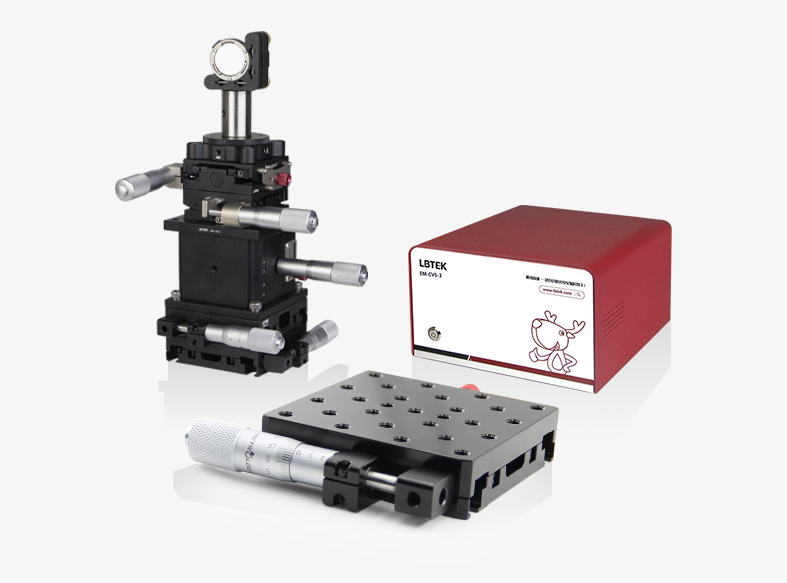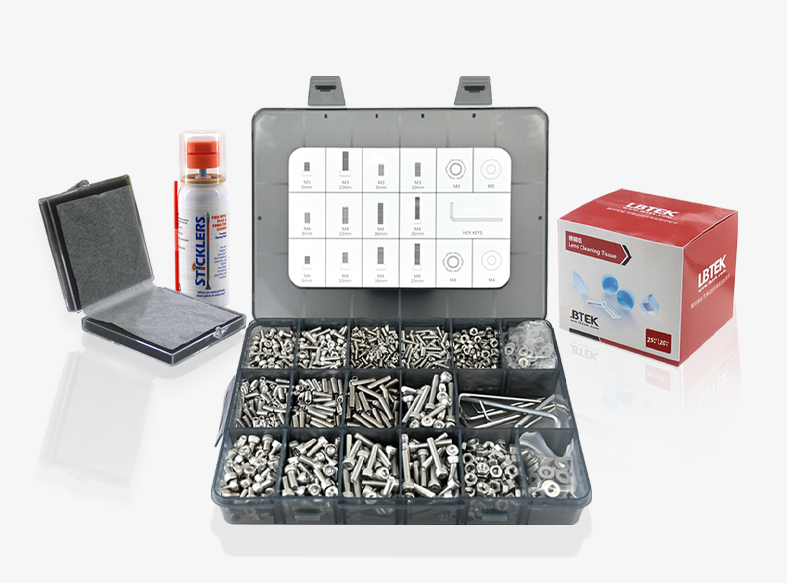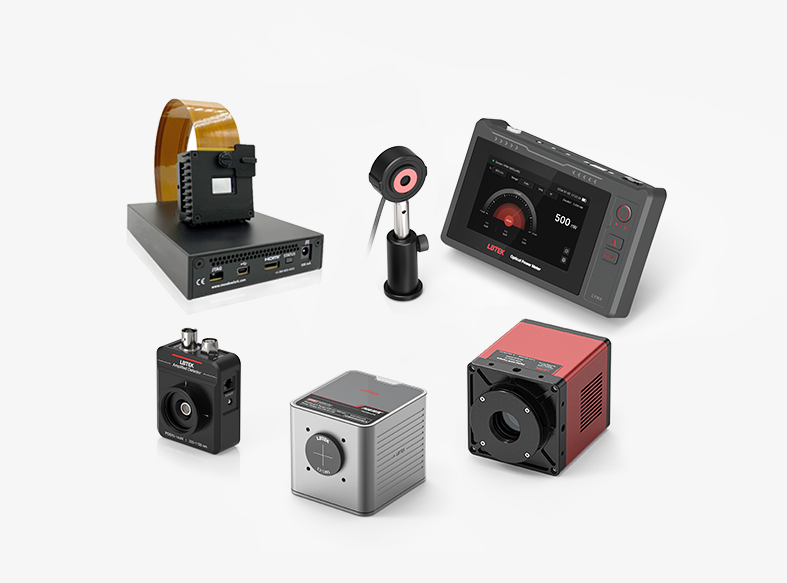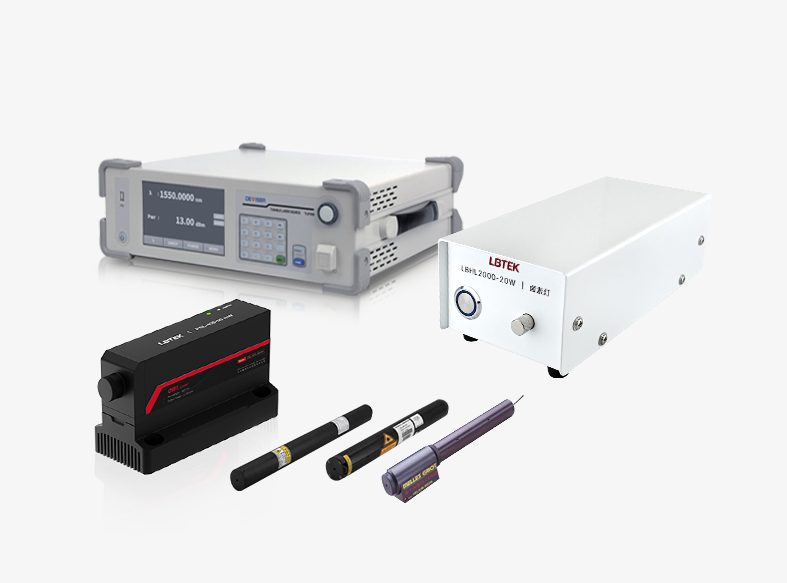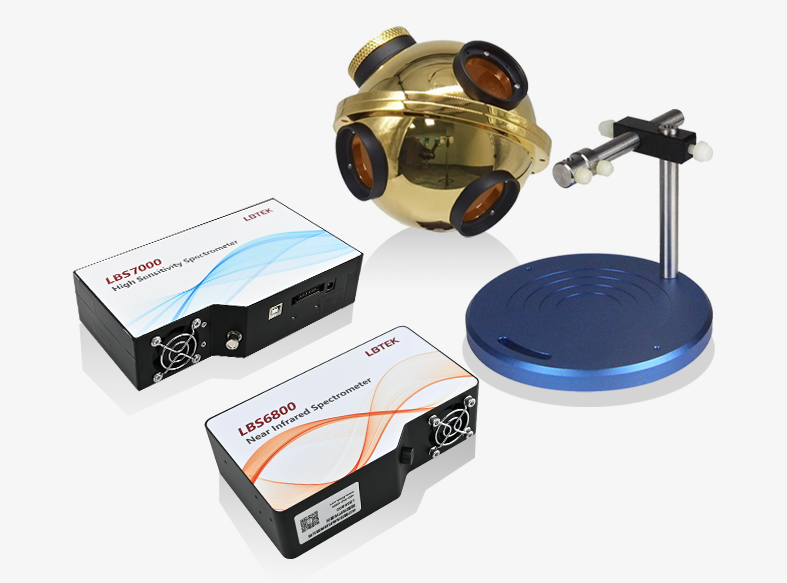- Using a Mach-Zehnder optical path, the signal light and reference light interfere to form fringes
- Photorefractive crystal medium records the interference fringe pattern information
- Through a 4f system, angle multiplexing storage is achieved at different angles

- Mach-Zehnder interferometric optical path
- Photorefractive crystal recording and storage
- 4f system angular multiplexing
LBTEK's Holographic Data Storage Experiment employs the angle multiplexing method to achieve sequential image storage. The light carrying the image information to be stored is commonly referred to as the signal beam, while another reference beam interferes with this signal beam. Utilizing the photorefractive effect of the recording medium (photorefractive crystal or photopolymer), a volume hologram is formed, thereby completing information storage. By adjusting the optical path angle, the reference beam passes through a 4f system and forms corresponding interference holograms at different angles and positions within the storage crystal, enabling angle multiplexing storage in the crystal medium. During retrieval, the principle of light diffraction is utilized. By addressing with the same reference beam as originally used, the object information stored in the medium can be reconstructed.

Experimental Results Diagram of Holographic Data Storage
Product Model | Description | Unit Price | Compare | Lead Time | ||
|---|---|---|---|---|---|---|
| VHCS-532 | Holographic Data Storage Experiment | $6568.44 | 8 weeks |
